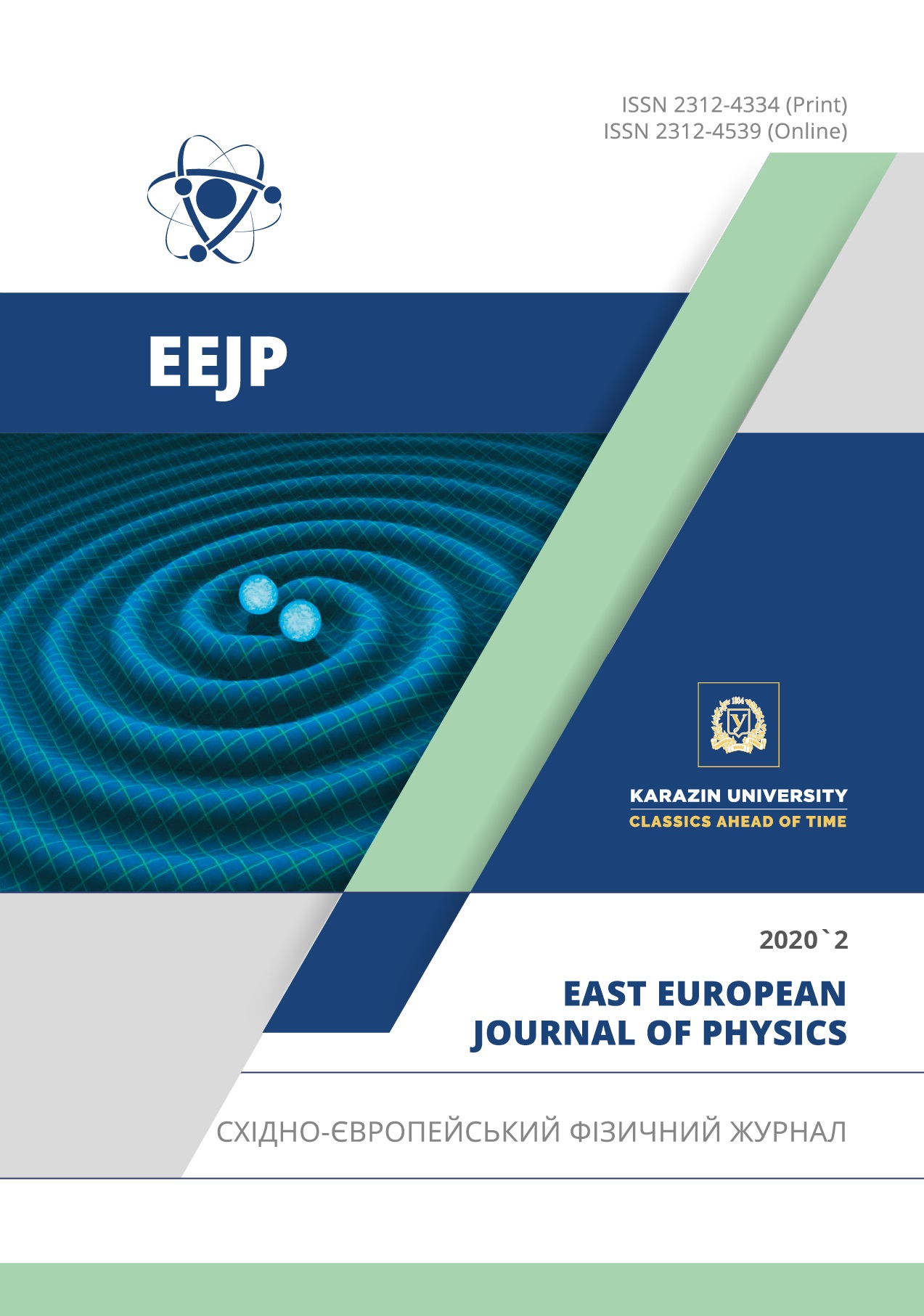Nanomechanical Characterization of Apolipoprotein A-I Amyloid Fibrils
Abstract
Amyloid fibrils represent a special type of protein aggregates that are currently receiving enormous attention due to their strong implication in molecular etiology of a wide range of human disorders. Amyloid fibrils represent highly ordered self-assemblies sharing a core cross-β-sheet structure. Such organization of the fibrils is responsible for amyloid insolubility and exceptional mechanical properties. The remarkable rigidity of the protein fibrillar aggregates is due to intra- and interstrand hydrogen bonds which stabilize the β-strand scaffold of amyloid fibrils. Increasing evidence indicates that physical properties of amyloid assemblies, especially their mechanical characteristics, play essential role in determining their cytotoxic action. This highlights the necessity of deciphering the correlation between the elastic properties of amyloid aggregates and their cytotoxicity. In the present paper we utilized the atomic force microscopy (AFM) to visualize and analyze the amyloid fibrils of G26R/W@8 mutant of N-terminal fragment of human apolipoprotein A-I (apoA-I). The examination of AFM images revealed the existence of two polymorphic forms of apoA-I fibrils – twisted ribbon and helical ribbon. The quantitative analysis of apoA-I elastic properties was performed within the framework of worm-like model of polymer chain using the Easyworm software. The Easyworm package analyzes the images of individual polymer chains obtained by the atomic force microscopy and allows calculation of the persistent length of a chain in three regimes depending on the ratio between the contour and persistent lengths of the polymer. The set of evaluated parameters included the Young’s modulus, persistent length, bending rigidity and the second moment of inertia. All parameters calculated for the helical ribbon conformation were higher than those of the twisted ribbon. These findings suggest that helical ribbon represents a more rigid and mechanically stable configuration. The results obtained may prove of importance for a deeper understanding the mechanics-driven pathological activities of amyloid fibrils.
Downloads
References
J. Vaquer-Alicea, and M. Diamond, Annu. Rev. Biochem. 88, 785-810 (2019), https://doi.org/10.1146/annurev-biochem-061516-045049.
S. Khatun, A, Singh, D. Mandal, A. Chandra, and A. Gupta, Phys. Chem. Chem. Phys. 21, 20083-20094 (2019), https://doi.org/10.1039/C9CP03238J.
A. Buell, Biochem. J. 476, 2677-2703 (2019), https://doi.org/10.1042/BCJ20160868.
O. Galzitskaya, Curr. Protein Pept. Sci. 20, 630-640 (2019), https://doi.org/10.2174/1389203720666190125160937.
P. Arosio, T. Knowles, and S. Linse, Phys. Chem. Chem. Phys. 17, 7606-7618 (2015), https://doi.org/10.1039/c4cp05563b.
M. Jucker, and L. Walker, Nature 501, 45-51 (2013), https://doi.org/10.1038/nature12481.
S. Zhang, M. Andreasen, J. Nielsen, L. Liu, E. Nielsen, J. Song, G. Li et al., Proc. Natl. Acd. Sci. USA 110, 2798-2803 (2013), https://doi.org/10.1073/pnas.1209955110.
V. Trusova, Biophys. Rev. Lett. 10, 135-156 (2015), https://doi.org/10.1142/S1793048015300029.
J. Liu, M. Tian, and L. Shen, Chem. Commun. 56, 3147-3150 (2020), https://doi.org/10.1039/C9CC10079B.
R. Tycko, Neuron 86, 632-645 (2015), https://doi.org/10.1016/j.neuron.2015.03.017.
M. Kollmer, W. Close, L. Funk, J. Rasmussen, A. Bsoul, A. Schierhorn, M. Schmiddt et al., Nat. Commun. 10, 4760-4767 (2019), https://doi.org/10.1038/s41467-019-12683-8.
E. Adachi, H. Nakajima, C. Mizuguchi, P. Dhanasekaran, H. Kawashima, K. Nagao, K. Akaji et al., J. Biol. Chem. 288, 2848-2856 (2013), https://doi.org/10.1074/jbc.M112.428052.
M. Girych, G. Gorbenko, V. Trusova, E. Adachi, C. Mizuguchi, K. Nagao, H. Kawashima et al., J. Struct. Biol. 185, 116-124 (2014), https://doi.org/10.1016/j.jsb.2013.10.017.
C. Bouchiat, M. Wang, J.-F. Allemand, T. Strick, S. Block, and V. Croquette, Biophys. J. 76, 409-413 (1999), https://doi.org/10.1016/S0006-3495(99)77207-3.
I. Usov, and R. Mezzenga, ACS Nano 8, 11035-11041 (2014), https://doi.org/10.1021/nn503530a.
G. Lamour, J. Kirkegaard, H. Li, T. Knowles, and J. Gsponer, Source Code Biol. Med. 9, 16-21 (2014), https://doi.org/10.1186/1751-0473-9-16.
B. Choi, G. Yoon, S. Lee, and K. Eom, Phys. Chem. Chem. Phys. 17, 1379-1389 (2015), https://doi.org/10.1039/c4cp03804e.
J. Adamcik, J.-M. Jung, J. Flakowski, P. Rios, G. Dietler, and R. Mezzenga, Nat. Nanotech. 5, 423-428 (2010), https://doi.org/10.1038/NNANO.2010.59.
Copyright (c) 2020 Valeriya Trusova, Kateryna Vus, Olga Zhytniakivska, Uliana Tarabara, Hiroyuki Saito, Galyna Gorbenko

This work is licensed under a Creative Commons Attribution 4.0 International License.
Authors who publish with this journal agree to the following terms:
- Authors retain copyright and grant the journal right of first publication with the work simultaneously licensed under a Creative Commons Attribution License that allows others to share the work with an acknowledgment of the work's authorship and initial publication in this journal.
- Authors are able to enter into separate, additional contractual arrangements for the non-exclusive distribution of the journal's published version of the work (e.g., post it to an institutional repository or publish it in a book), with an acknowledgment of its initial publication in this journal.
- Authors are permitted and encouraged to post their work online (e.g., in institutional repositories or on their website) prior to and during the submission process, as it can lead to productive exchanges, as well as earlier and greater citation of published work (See The Effect of Open Access).








